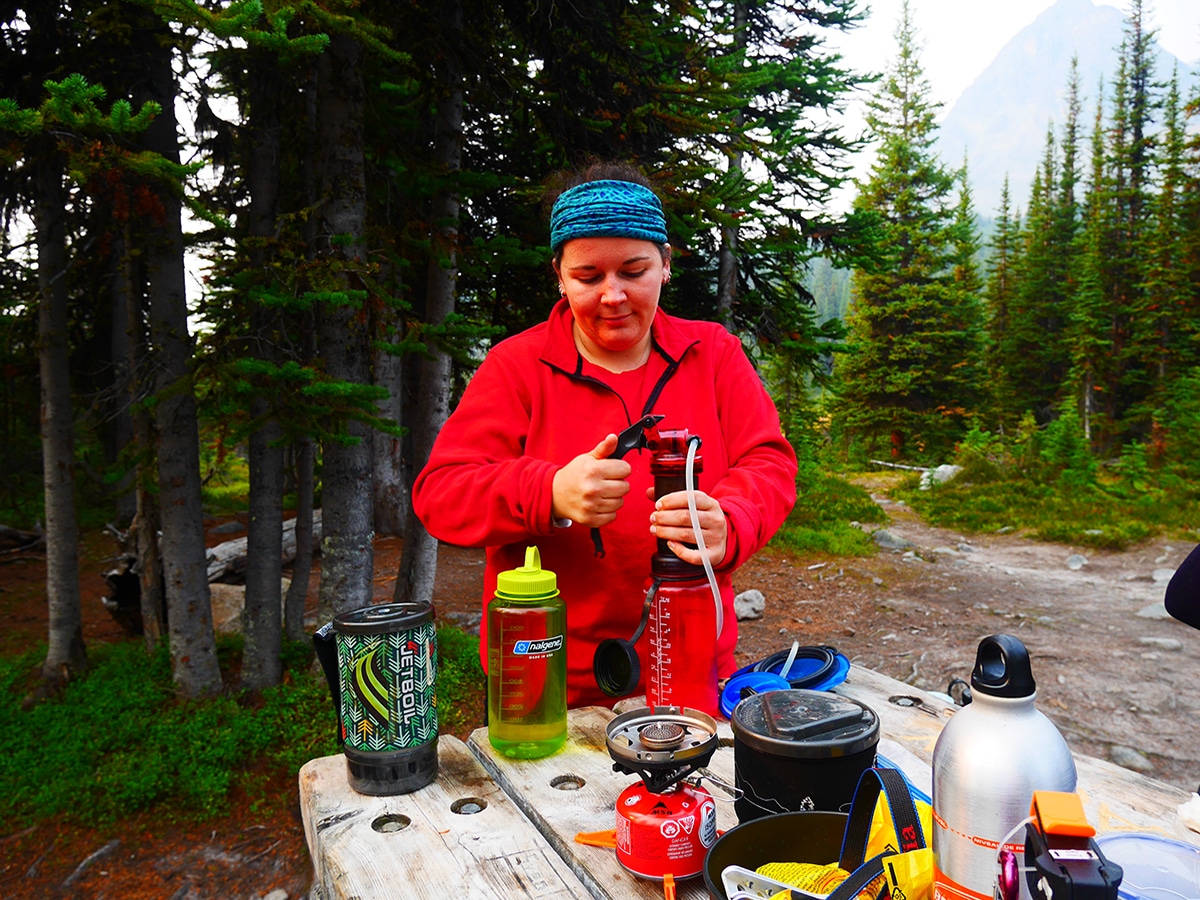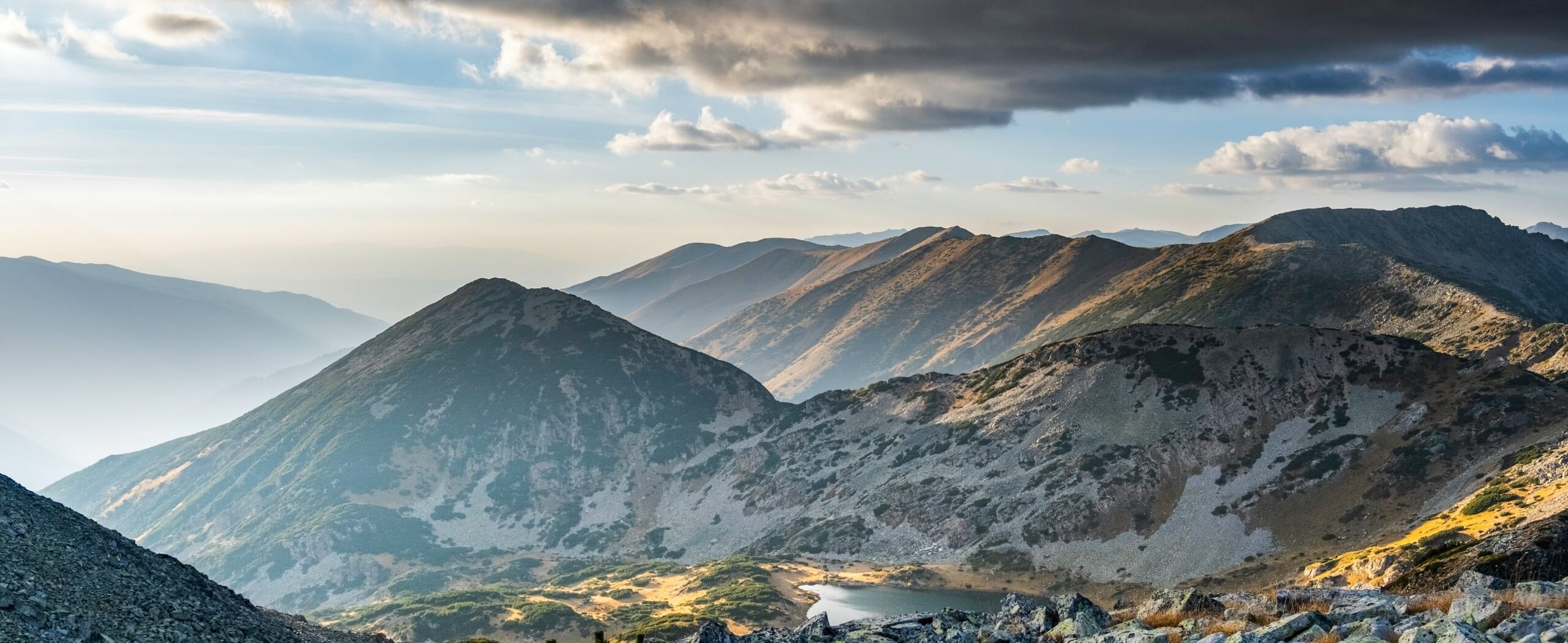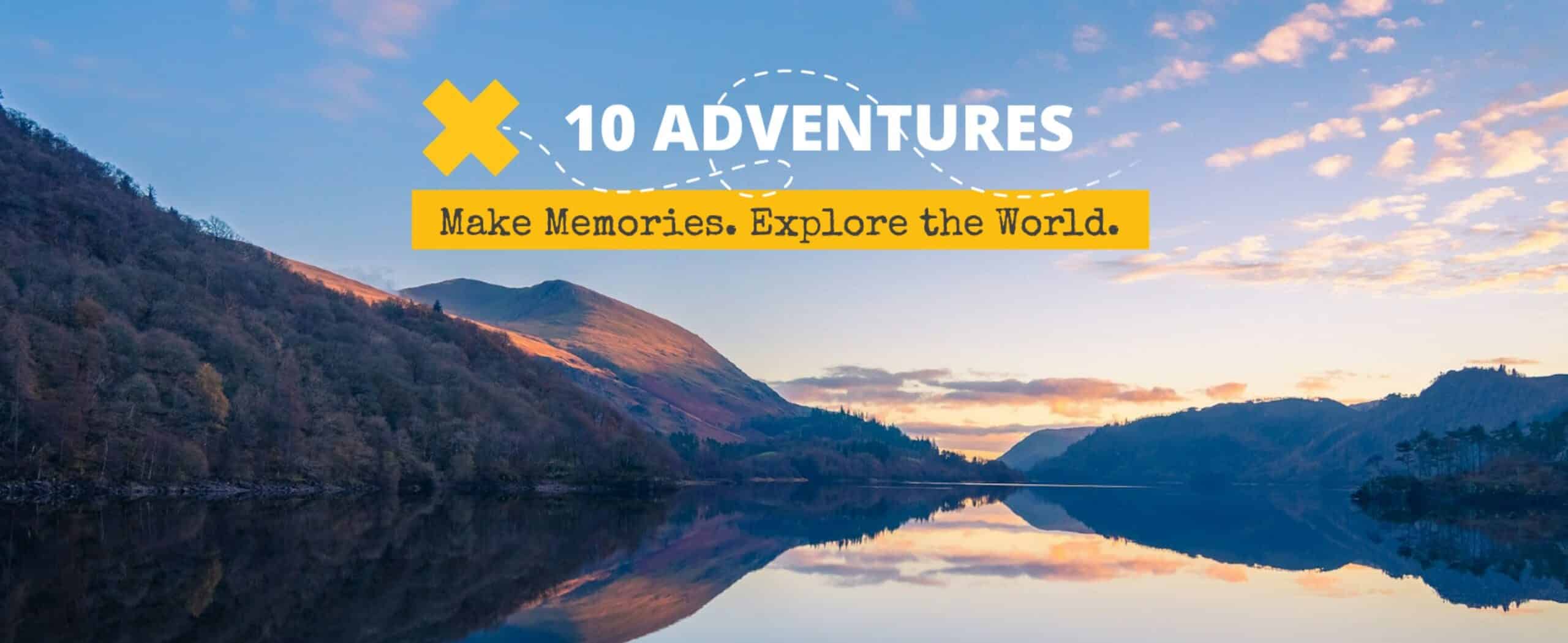Table of contents
What do you need water for while backpacking?
Water will be one of your biggest weights on the trail – because there’s no way to lighten it. A litre of water weighs 1 kilogram, and it’s ideal to carry at least two litres with you, depending on the trail and whether there are other water sources available.
Staying hydrated is incredibly important and helps prevent heat stroke and heat exhaustion. A loss of even 5% of your body fluids can result in much greater losses of energy.
I’ve hiked with people who drank less water because they didn’t want to pee in the woods, but as someone who’s had heat stroke, let me tell you that peeing in the woods is a lot better than puking on the side of the trail with a migraine.
You will need water for three things while backpacking: drinking, cooking and cleaning. Keep reading for detailed backpacking hydration tips!
How much water should I drink to stay hydrated while backpacking?
One of the best backpacking hydration tips is to try and work out your water needs beforehand – calculate how much you consumed on your last day hike, and plan your days around that. If you will be hiking in warmer weather, plan to drink more. Generally, try to drink more water rather than less, and lots of it while hiking and just as you finish. It also helps to “pre-hydrate” – try and drink up to a litre of water before you hit the trailhead, so you won’t be playing catch up all day.
How do I carry my water?
There are two main choices when it comes to carrying your water – bottles or bladders – both with their own pros & cons.
A bladder (CamelBak, Platypus etc.) combined with a drinking tube allows you to hydrate on the go, without stopping and putting down your backpack. Taking small sips every few minutes is a lot more efficient than stopping every half an hour to chug a few hundred millilitres.
However, a water bottle such as a Nalgene is a lot easier for cooking, making drinks and general use around camp. Bottles are also easier to refill on the trail, and easier to keep clean. If you only put water in your bladder (no flavours / electrolytes etc.), and let it drain and dry completely after each use, you shouldn’t have too much of a problem.
Personally, I carry both. If it’s going to be a long, hot, sweaty trail, I’ll fill my 1L Nalgene as well as my 2L CamelBak. I also use the Nalgene as a convenient container for around camp at night and if it’s cold, I’ll fill it with hot water for my sleeping bag.

How can I treat water?
Unless you have a porter to carry in all your water needs for your trip, you will need to collect water to replenish your supplies. Official campsites will almost always have a water source somewhere nearby, however water out in the woods is rarely safe to drink untreated.
Even though Canada has some of the most pristine glaciers and water sources, Parks Canada still recommends all water be sterilized before drinking in the Rockies, and for that, you have three options: boiling, filtering or purification tablets/drops. There’s nothing to say that a rude marmot hasn’t pooped on the stream bank just around the corner from your collection point! Anyone who’s had Beaver Fever (Giardia) will tell you it’s not worth risking drinking stream water without treating it first!
Boil water
Boiling water is the simplest way to stay hydrated while backpacking: get your water to a rolling boil for 1 minute (or 3 minutes if you’re above 6562ft). This works well although it can be time consuming depending on the size of your pot, the efficiency of your stove and how much water you drink. It also means taking extra fuel to boil water, which means extra weight.
Water filters
Another great backpacking hydration tip? Water filters. There are dozens of different water filters on the market, but all work in pretty much the same way: forcing water through a series of membranes that allow the passage of water molecules, but not viruses, bacteria or protozoa. The main disadvantage is cost, with most models running over $100. They also require maintenance to keep them functioning correctly, and depending on the model, take an average of 1 to 2 (somewhat tiring) minutes per litre to filter.
If you’re thinking of purchasing a filter, my pro tip is to take along your Nalgene or CamelBak, and purchase one that fits directly on the mouth for easier filtration.
Finally, while LifeStraw seems like a genius idea, the practicalities of getting down on your hands and knees by the side of a muddy stream or lake and using only the power of your sucking to move water through the filter to your mouth, make this a less desirable option.
Another great option is the LifeStraw Flex with Gravity Bag! You need to open the top, drag it through the stream or lake to fill it with water, attach it to a tree, and then it filters through the hose and straw into your water bottle or pot below.
Water Treatment Tablets or Drops
Water treatment tablets or drops are lightweight & fairly inexpensive when compared to filters. However, they are a bit more limited in their treatment capacity (most aren’t effective against cryptosporidium), can leave a taste, and take 15 to 30 minutes to treat 1 litre of water. Keeping a couple in your food kit can be a useful backup if you have problems with your filter or stove!
Our backpacking checklist article shares some hydration-related gear to consider packing!
How do we stay hydrated while backpacking?
For our water, we carry a 2L or 3L Platypus + a Nalgene or Kleen Kanteen water bottle. We often carry an additional 3L water bladder that we fill up at night, so we have extra water in the morning and don’t have to filter more water on the trail.
We carry a good MSR water filter that fits on our Nalgene bottle as well as some water treatment tablets for quick treatment or if our filter breaks.
For people new to water treatment, it’s useful to trial the above water treatment options and talk to a specialist at REI, MEC or your local outdoors store about the pros and cons of each option to make an informed choice.
For more backcountry tips, check out our backpacking 101 article!
Health and Fitness Articles
Are you looking to improve your overall health and fitness while also spending time enjoying the beauty of the outdoors? Whether you are a beginner hiker or a seasoned outdoor enthusiast, there is no time like the present to get out on the trails and live a healthier lifestyle. To help you turn those New Years resolutions into a healthy habit you will stick to, we’ve written some articles that will help you achieve your goals for the upcoming year!
Guides for Beginners
- Hiking First Aid Kit: Stay Safe in the Backcountry!
- How to Prevent and Treat Muscle Soreness and Blisters
- How to Adventure Safely in the Age of Extreme Weather
Training for the Outdoors
- Training from Home for the Future Hike
- Training for your First Backpacking Trip
- Couch to Mountain Top: Expert’s Training Guide for Hikers



Comments
Maurice6 years ago
I have seen one when traveling in Colombia. A Swiss guy was given a prototype water filter cap. basically, just the top. it screws on any normal bottle, like plastic bottle or glass or the aluminum ones. How they use it was amazing, you don't wait for any filtration, just pour water out of anywhere you can find it, and just drink it or use it through the screwtop. The guy was filling it up from random places, rivers, and rain and never had any issues. Just drank through that nozzle and it was great. Shame I can't remember which company was it.
ReplyRichard Campbell6 years ago
That sounds super easy Maurice! Thanks for the suggestion.